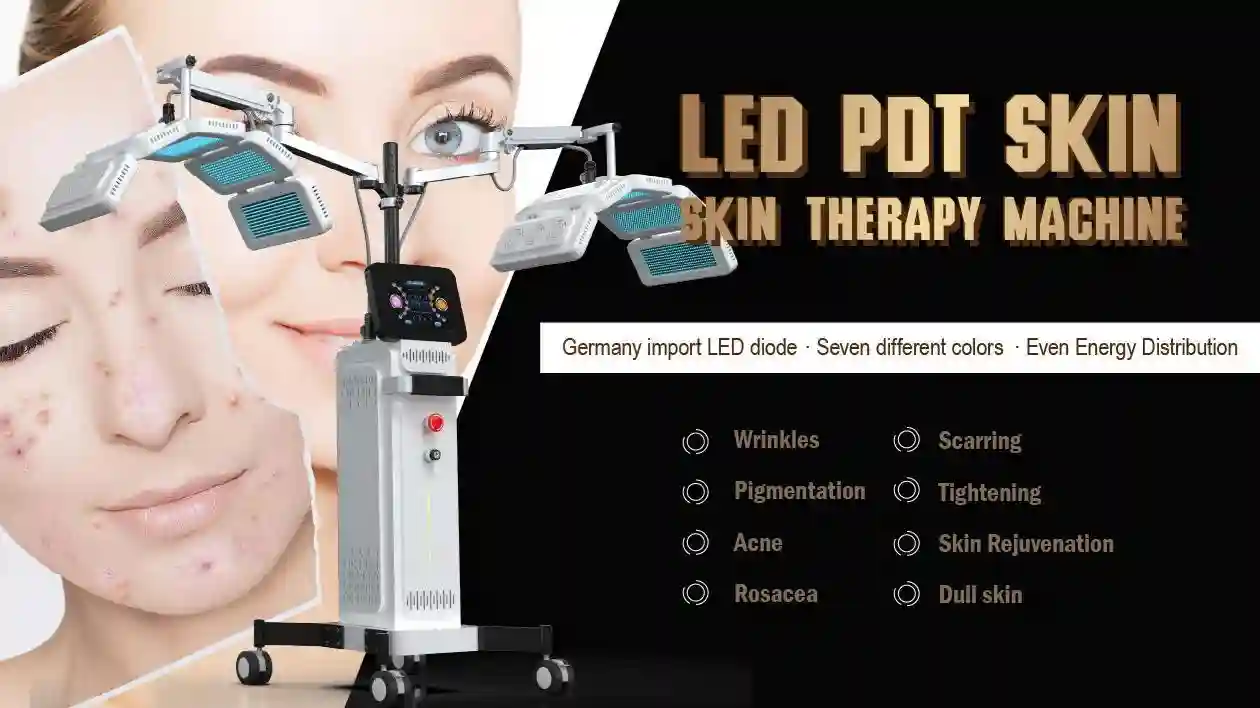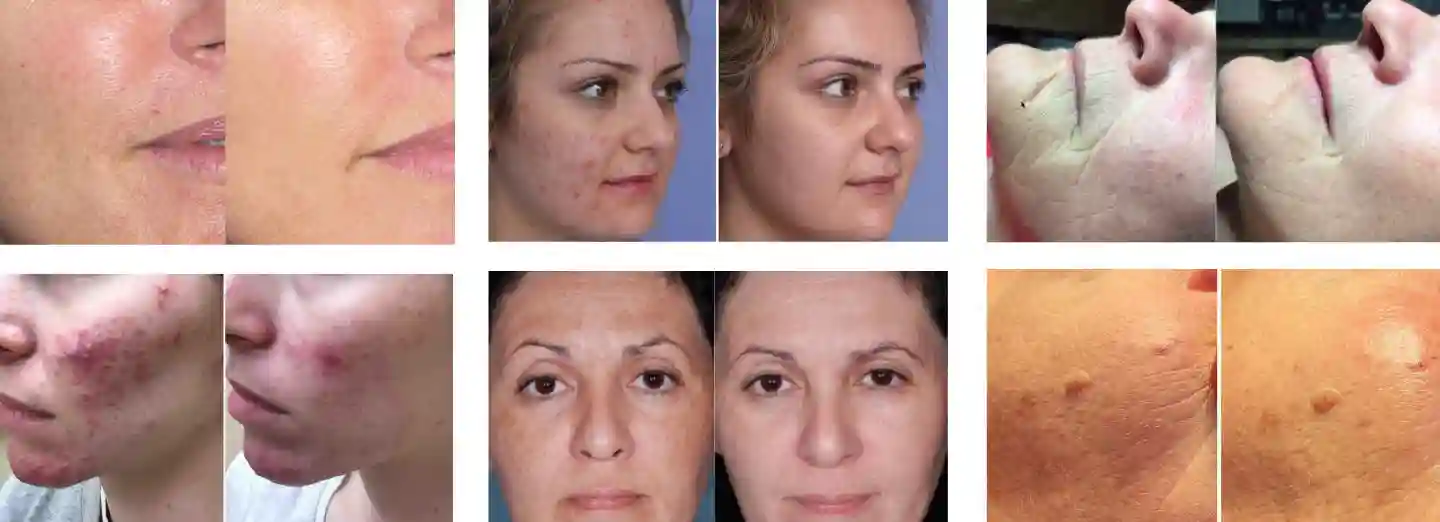Acne is everywhere. Some people only get it during their teenage years, but for others it hangs around into adulthood, leaving marks on the skin and often on confidence too. Over the years, creams, pills, and peels have all been tried, with mixed success. One method that has been standing out more recently is PDT, or photodynamic therapy, with LED light.

The idea is simple on paper but clever in practice: you put a cream on the skin, let it sit, and then shine a special light on it. The cream reacts with the light, producing substances that kill acne bacteria and calm down overactive oil glands. Many clinics are starting to add this treatment because patients are asking for non-drug solutions that still bring visible change.
How does it actually work?
There are two parts. First is the cream, usually ALA or MAL. After you apply it, you wait. Then comes the light. The LED lamp gives off very specific colors, blue or red most often. Once the cream is activated, it produces a type of oxygen that damages acne bacteria and shrinks the glands that pump out oil.
Unlike antibiotics that spread through the whole body, this stays local. And unlike isotretinoin, which can be very strong, PDT is less likely to bring heavy systemic side effects.
ALA and MAL — what’s the difference?
Both ALA and MAL turn into the same active compound inside the skin, PpIX. When light hits it, the reaction starts.
- ALA: tends to sink deeper. Doctors often reach for it when acne is nodular or cystic.
- MAL: usually a little easier on the skin. Some patients say it stings less.
The choice depends on skin type, severity, and sometimes simply how the patient reacts.
What does a typical session look like?
Before the light
The skin is cleaned. The cream goes on. Patients then wait anywhere from 30 minutes up to 3 hours. The exact time changes with protocol. Some doctors prefer shorter waits to limit irritation.
The light part
Once ready, the LED is used. Blue light (415 nm) works close to the surface and targets bacteria. Red light (around 630–635 nm) goes deeper and affects glands. Sometimes both are combined.
The exposure of LED light treatment can last 10–20 minutes. Usually people need 3–5 visits, spaced out by a week or two.
Devices: what matters to clinics
Light quality
The wavelength must match what PpIX absorbs. Blue for bacteria, red for glands. If the light is off, the reaction is weaker.
Machine types
- Big office machines: stronger, with adjustable settings and built-in cooling. They suit clinics that see lots of patients.
- Portable units: cheaper and more flexible. Good for small setups, though not always as precise.
Benefits, limits, and side effects
Many patients notice fewer breakouts and less oily skin after just a few rounds. Results are usually steadier than antibiotics because glands are reduced, not only bacteria.
But it’s not free of downsides. Redness, swelling, peeling, and stinging are common right after. Darker skin can sometimes get post-inflammatory spots.
Not suitable for:
- People with porphyria or light sensitivity
- Anyone allergic to ALA or MAL
- Active cold sores in the area
- Pregnant patients (too little safety data)
Aftercare and downtime
Recovery is often short. The skin can look sunburned for 1–3 days, then peel a bit. Patients should:
- Avoid the sun for at least 48 hours
- Use sunscreen
- Wash gently and skip harsh products
- Wait before restarting scrubs or retinoids
Cost and staff side
The devices cost money upfront. But once owned, running sessions is affordable. Training is crucial, not only for handling the machine but also for picking patients and explaining what to expect. Patients need to hear clearly that results build over weeks, not overnight.
Conclusion
PDT LED is not a miracle, but it is a valuable tool. It offers clinics a way to provide drug-free acne care that patients increasingly want. Choosing the right photosensitizer, sticking to safe steps, and investing in proper devices makes a big difference.

Device suppliers
Companies like Nubway are often mentioned because of their stable power output and cooling systems. We mainly build beauty machines, but our engineering approach—accuracy plus patient comfort service—can be a guide for clinics looking for PDT-ready platforms.
FAQ
Q: How many sessions are needed for PDT LED light therapy?
A: Quite a few patients need 3–5 sessions, spaced 2–4 weeks apart. Some see change early, but the real shift shows after the series.
Q: Can PDT help with other conditions?
A: Yes. Besides acne, doctors use it for actinic keratosis, sun-damaged skin, warts, and some early skin cancers.
Q: Does PDT LED light therapy hurt?
A: During the light, patients often feel heat or a sting, like sunburn. Most tolerate it fine. Clinics manage this with fans, ice, or numbing cream. Total time per session is usually under an hour and a half.





